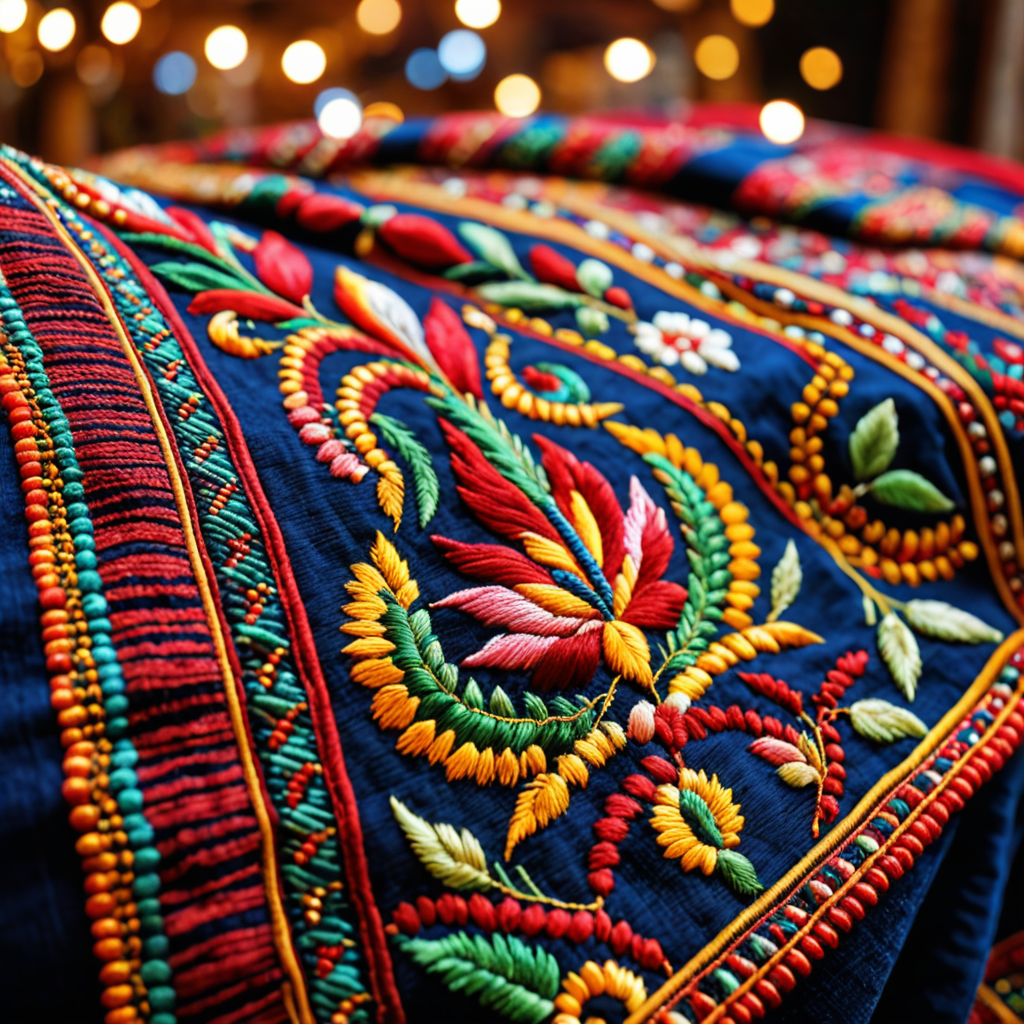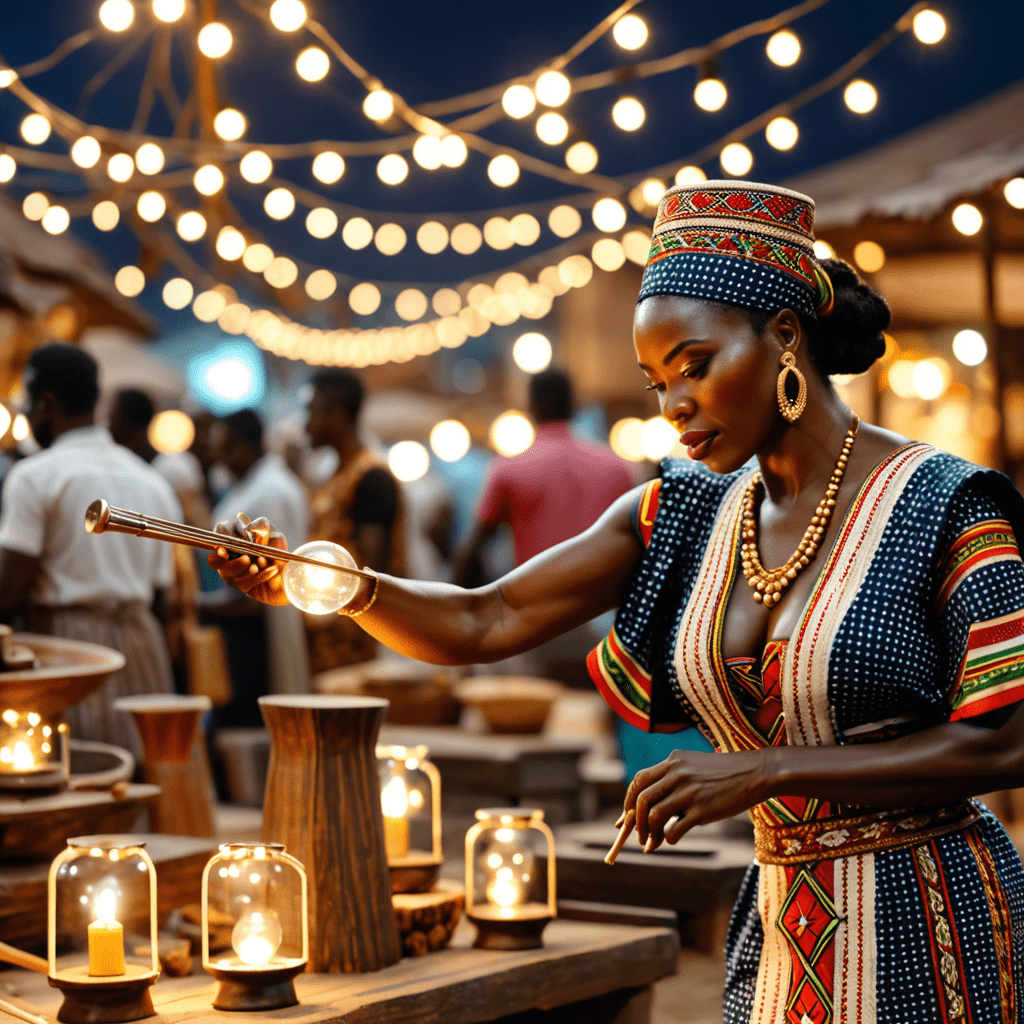
Exploring the Rich Tradition of Kabyle Embroidery and Textile Art
The Kabyle people, indigenous to the Kabylia region in Algeria, have a long and vibrant history of creating stunning embroidery and textile art. This traditional craft has been passed down through generations, reflecting the cultural identity and heritage of the Kabyle community.
The Origins of Kabyle Embroidery
Kabyle embroidery has its roots in Berber traditions and is a form of expression that showcases intricate patterns, vibrant colors, and symbolic motifs. Women in Kabyle communities are often the custodians of this art form, using needle and thread to create beautiful pieces that hold deep cultural significance.
Symbolism in Kabyle Textile Art
Every stitch in Kabyle embroidery tells a story. Symbolism plays a crucial role in the designs, with motifs representing aspects of nature, daily life, and spiritual beliefs. From geometric patterns to floral motifs, each element carries a unique meaning within the context of Kabyle culture.
Techniques and Materials Used
Traditionally, Kabyle embroidery is done by hand, with artisans employing a variety of stitching techniques such as cross-stitch, satin stitch, and chain stitch. The choice of materials is also significant, with wool, cotton, and silk being commonly used to create these intricate designs.
Traditional Garments and Accessories
Kabyle embroidery and textile art are often featured in traditional garments such as the “Haik,” a flowing cloak-like garment worn by Kabyle women, and the “Fouqia,” a headdress adorned with colorful embroidery. These pieces not only serve as clothing but also as a showcase of cultural pride and identity.
The Significance of Kabyle Embroidery Today
Despite changing times, Kabyle embroidery continues to thrive as a symbol of cultural heritage and identity. Artisans are adapting traditional techniques to create contemporary pieces that appeal to a global audience, ensuring that this rich tradition lives on for future generations to admire and appreciate.
Preserving a Cultural Legacy
Through the intricate art of embroidery and textile work, the Kabyle people are not just creating beautiful pieces but also preserving a legacy that connects them to their ancestors and roots. Each stitch is a testament to the resilience and creativity of a community dedicated to keeping its heritage alive.
FAQ: Traditional Embroidery and Textile Art of the Kabyle People
What is Kabyle embroidery?
Kabyle embroidery is a traditional form of textile art practiced by the Kabyle people of Algeria. It involves intricate patterns and motifs stitched onto fabric using colorful threads, often reflecting the cultural heritage and identity of the Kabyle community.
What materials are commonly used in Kabyle textile art?
The Kabyle people typically use natural materials such as wool, cotton, and silk for their textile art creations. These materials are carefully chosen for their quality and ability to hold the intricate embroidery work that is characteristic of Kabyle designs.
How is Kabyle embroidery different from other forms of textile art?
Kabyle embroidery is known for its unique geometric patterns, vibrant colors, and symbolic motifs that hold deep cultural significance. Unlike some other embroidery styles, Kabyle embroidery often tells stories or conveys messages through its designs.
What is the significance of Kabyle textile art within the Kabyle culture?
Kabyle textile art plays a vital role in preserving and showcasing the rich cultural heritage of the Kabyle people. It serves as a form of artistic expression, storytelling, and a way to pass down traditions from generation to generation.
Where can one find examples of Kabyle embroidery and textile art?
Examples of Kabyle embroidery and textile art

